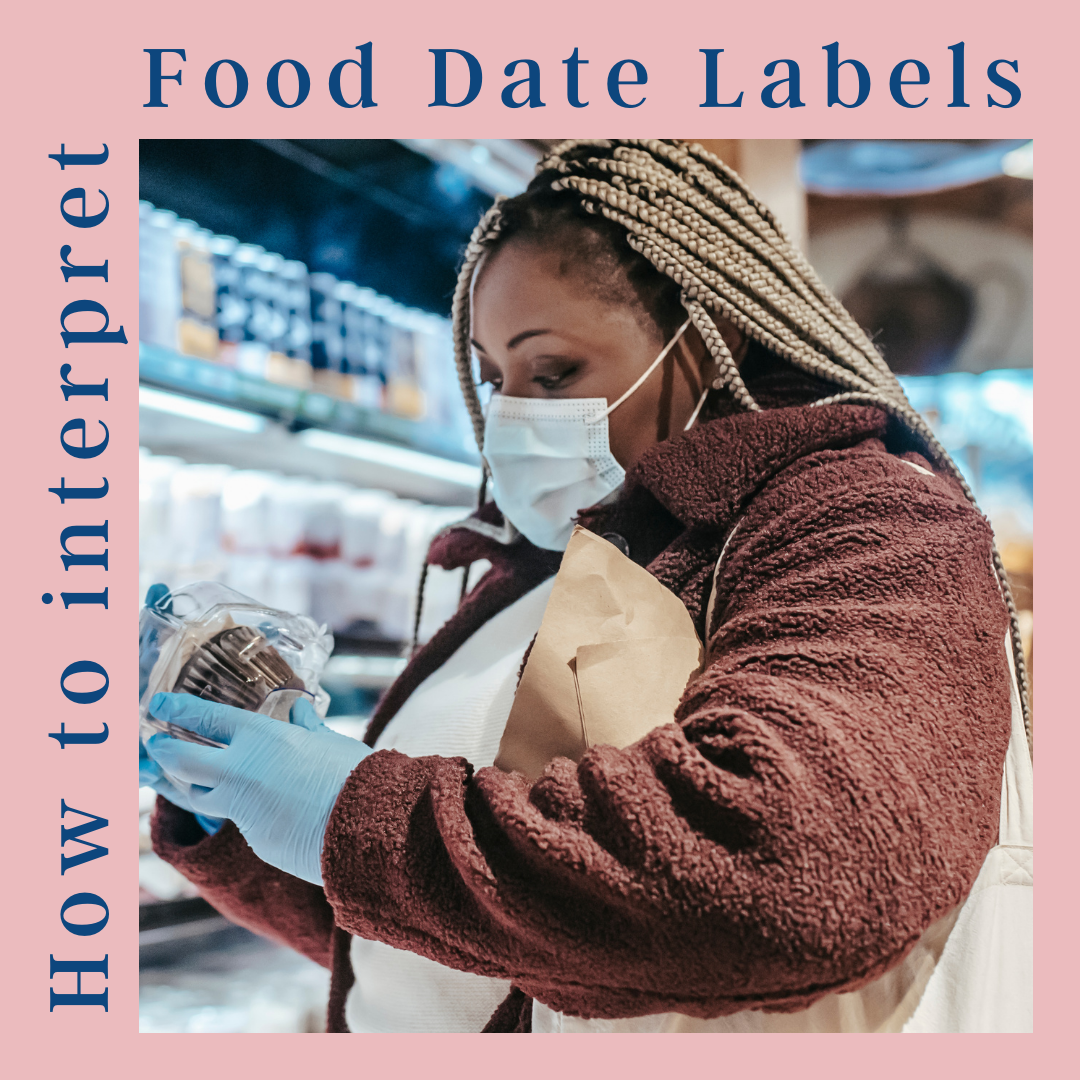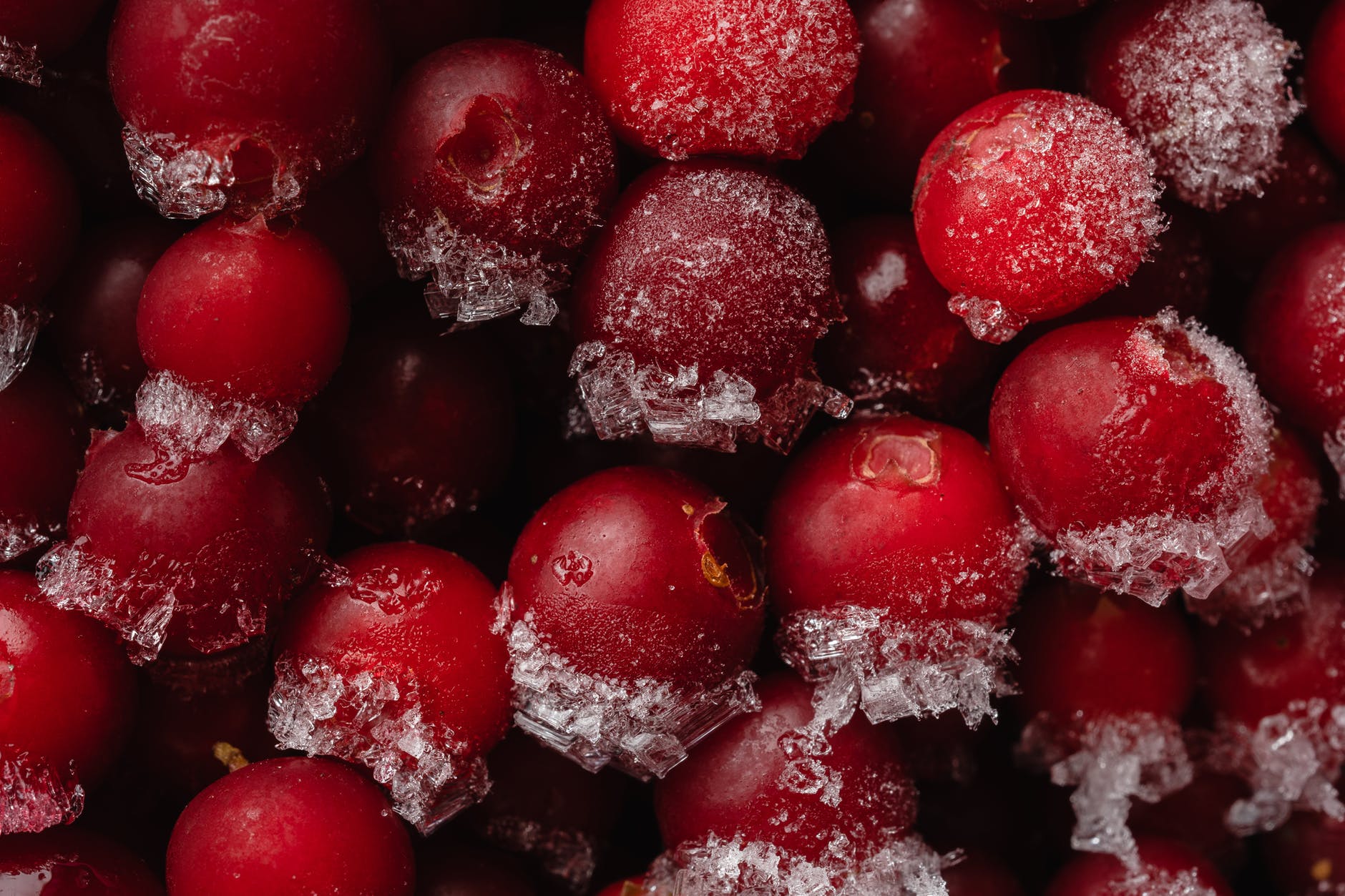
Ah, food date labels. One of the least sexy things to consider when purchasing food in the supermarket as they’re often tiny and in an unappealing robotic font. During the holidays you may be feeling mad panicked trying to get everything on your list. It is pretty easy to just pick up the product and move on. I’ve definitely done this a few times then realised at checkout, or worse when I get home that the expiry date is less than a week away!
Have you ever had the experience of buying a new product and misinterpreting the date on the packaging AND the storage instructions? Then it spoils and you have to throw it away? The number of times I’ve fallen out of favour with giant yogurt tubs😫. I’ve gotten so much better with reducing my food waste since learning how to interpret food date labels much better. These are also crucial to avoid getting ill from food that has gone off. And I know, there are so many labels, but do you need to pay close attention to them all?

Short answer, no, there are two I choose to focus on, Use-by and Expiration date. While the others relate to the quality of the food rather than its safety. So what’s the difference between those? If you live in Barbados where several foods are imported, you may find it challenging to figure out which date is most important. So let’s take a look at the most common ones.
Why do we process and package some foods in the ways we do?
Food spoilage is a process or change that renders a product undesirable or unacceptable for consumption. It is a naturally occurring process that signals the end of life for food.
Food spoils by several mechanisms
- Growth of Micro-organisms
- Chemical composition changes – rancidity, enzymes degradation and oxidation (caused by air or light)
- Physical damage like bruises and cracks, dented cans, broken packages
- Time
- Storage Temperature
- Exposure to pests such as rodents and insects.
Many supermarket-purchased foods will come in specially designed packaging to prevent or slow food spoilage. Processing is also done to the raw ingredients, including the addition of safe preservatives to extend the life of foods. This is especially true for canned foods. Drying, salting, pickling, candying and canning are some of the earliest examples of food preservation. Food science has continued to evolve; allowing us to keep food for longer while maintaining the same taste and texture as when it was selected/picked. For example, we can get bananas from Guatemala that will stay green until they are sprayed ethylene will ripen. While we can purchase frozen berries grown in the US from almost any supermarket at any time of the year.

Food Date Labels related to food safety
Remember how I said food spoils by several mechanisms? Well, these labels speak directly to the known safety of the food being compromised.
Use by Date
This is the most important date to remember. You can eat food until and on the use-by date but not after. You will see use-by dates on food that goes off quickly, such as meat products or ready-to-eat salads.
For the use-by date to be valid, you must follow storage instructions on the package. For example, if the instructions on the packaging tell you to refrigerate after opening, you should keep the food in a fridge at 5°C or below.
Expiry date
The expiration date is the date up to which the food maintains its microbiological and physical stability, and the nutrient content declared on the label.
Some long-shelf-life foods that are critical to nutrition, must carry expiry dates. These include meal replacements, nutritional supplements, infant formulas and formulated liquid diets, which should not be consumed after the date on the label has passed.
Sell-by date*
*This one is a bit tricky.
A Sell-By date tells the store how long to display a product for sale, whereby there is a reasonable storage period in the customer’s home. You should buy the product before the date expires.
It’s not a good indication of food’s safety, but dependent on the type of food it is, you should aim to use it as soon as possible or store it properly. I’ve seen this one on baked goods.

Food Date Labels related to food quality
When we talk about the quality of the food, we’re referring to its texture and taste. Cornflakes is a great example! The longer you keep that box for before eating it, the more stale or less crispy those cornflakes will be. It doesn’t mean they aren’t safe to eat (once unopened), but the eating experience isn’t as nice.
Manufacture or Pack date
The pack or manufacture date is the code that refers to the date the food was washed, graded, and packaged.
Best Before Date
The best before date is sometimes seen as best before end (BBE). This date label is about the quality of the food item. While the food will be safe to eat after this date, it may not have its best flavour and texture. Best before dates appear on a wide range of foods including:
- frozen foods
- dried foods
- tinned foods
A key takeaway about the BBE date: it will only be accurate IF the food is stored according to the instructions on the package.
A good rule of thumb is, the higher water content (moisture) and fewer preservatives (processing included) a particular food has, the more likely it is to spoil in a short time. Use those as soon as possible, or refrigerate them.
Would you like to know more about food safety? Is this something we should chat about more?
References
American Heart Association, 2018. Understanding Expiration Dates: How do I know when my food’s gone bad? [WWW Document]. www.heart.org. URL https://www.heart.org/en/healthy-living/healthy-eating/cooking-skills/storing/understanding-expiration-dates-how-do-i-know-when-my-foods-gone-bad (accessed 11.29.21).
FAO, WHO, 2001. Codex General Standard for the Labelling of Prepackaged foods, in: Codex Alimentarius – Food Labelling. Food and Agriculture Organization of the United Nations, World Health Organization, Rome.
Food Standards Agency, 2021. Best before and use-by dates [WWW Document]. Food Standards Agency. URL https://www.food.gov.uk/safety-hygiene/best-before-and-use-by-dates (accessed 11.29.21).
University of Nebraska-Lincoln, 2015. How Food Spoils [WWW Document]. UNL Food. URL https://food.unl.edu/how-food-spoils (accessed 12.5.21).

